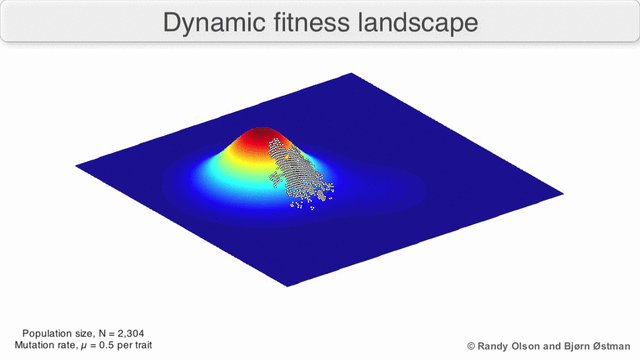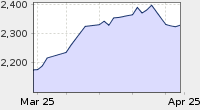"The “performance” corner of the athletic-wear market — meaning products made for actual sports use, not for sitting on the couch in front of the game — is where Under Armour made its name. [Moi ici: A Under Armour começou com um certo tipo de cliente-alvo que valorizava a performance.]
...A Under Armour quis crescer para o mass market. Por isso, teve de procurar servir um outro tipo de cliente que não o da performance. Ora, parece que os influencers não determinam as compras para esse mercado. Será que o cliente errado da Under Armour é o da performance, como pensa o artigo, ou o do athleisure? Será que a Under Armour tem vantagens competitivas para ter sucesso no mass-market?
Under Armour went on to live out the axiom that if you win over the most demanding consumers (in this case, serious athletes), then the wannabes fall in line and follow whatever trend those influencers set.[Moi ici: A Under Armour confiou no impacte dos influencers]
...
But lately, the company’s strategy hasn’t been a winner. ... Under Armour announced disappointing results and a gloomy forecast, its stock has suffered accordingly, and among other problems, a federal probe is reportedly exploring whether the company used accounting tricks to massage its sales-growth curve.
.
What went wrong? One compelling answer is that Under Armour misread the rise of the so-called athleisure trend and put too much focus on performance. In short, this maker of gear for authentic athletes may have been better off catering more to the poseurs and couch potatoes.
.
It’s not that a brand can’t be successful with a strict focus on performance, ... But a brand with mass aspirations shouldn’t get overly obsessed with an elite customer niche. “[Under Armour] clearly needs to understand that [performance] is very much the smaller part of the market,” he says. “And a shrinking part of the market.”
Wrong customer ou wrong strategy?





















%2006.21.jpeg)






















